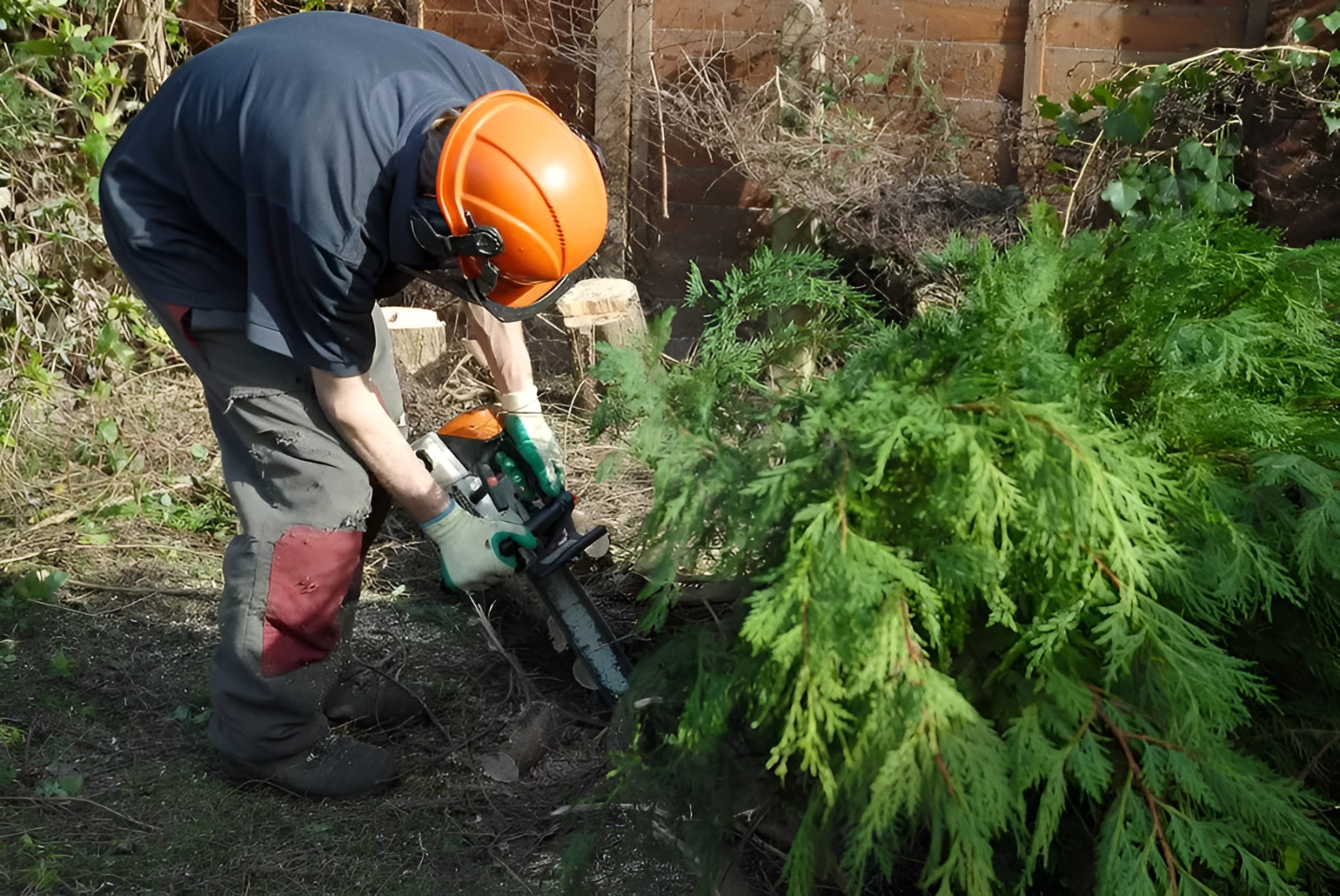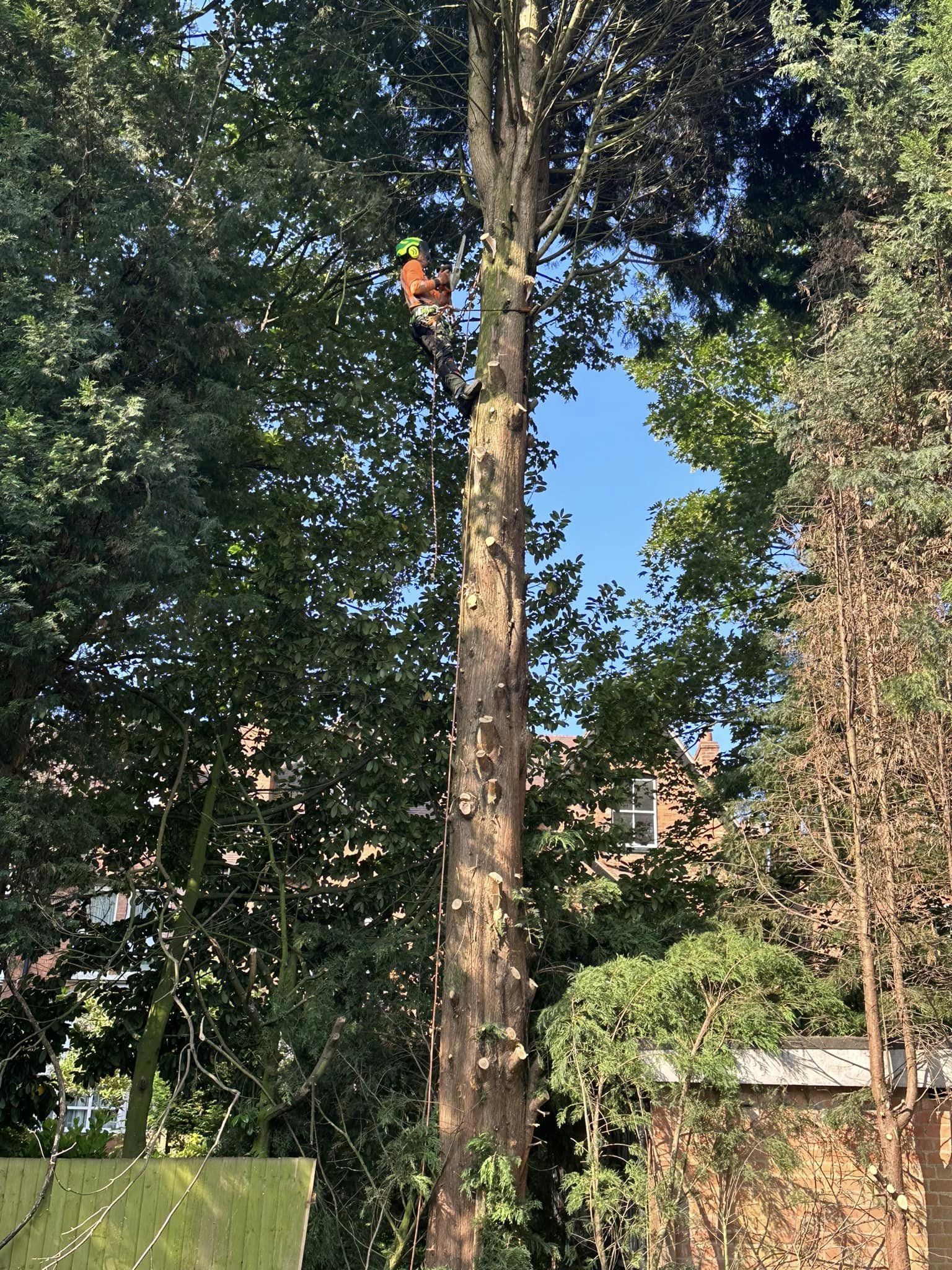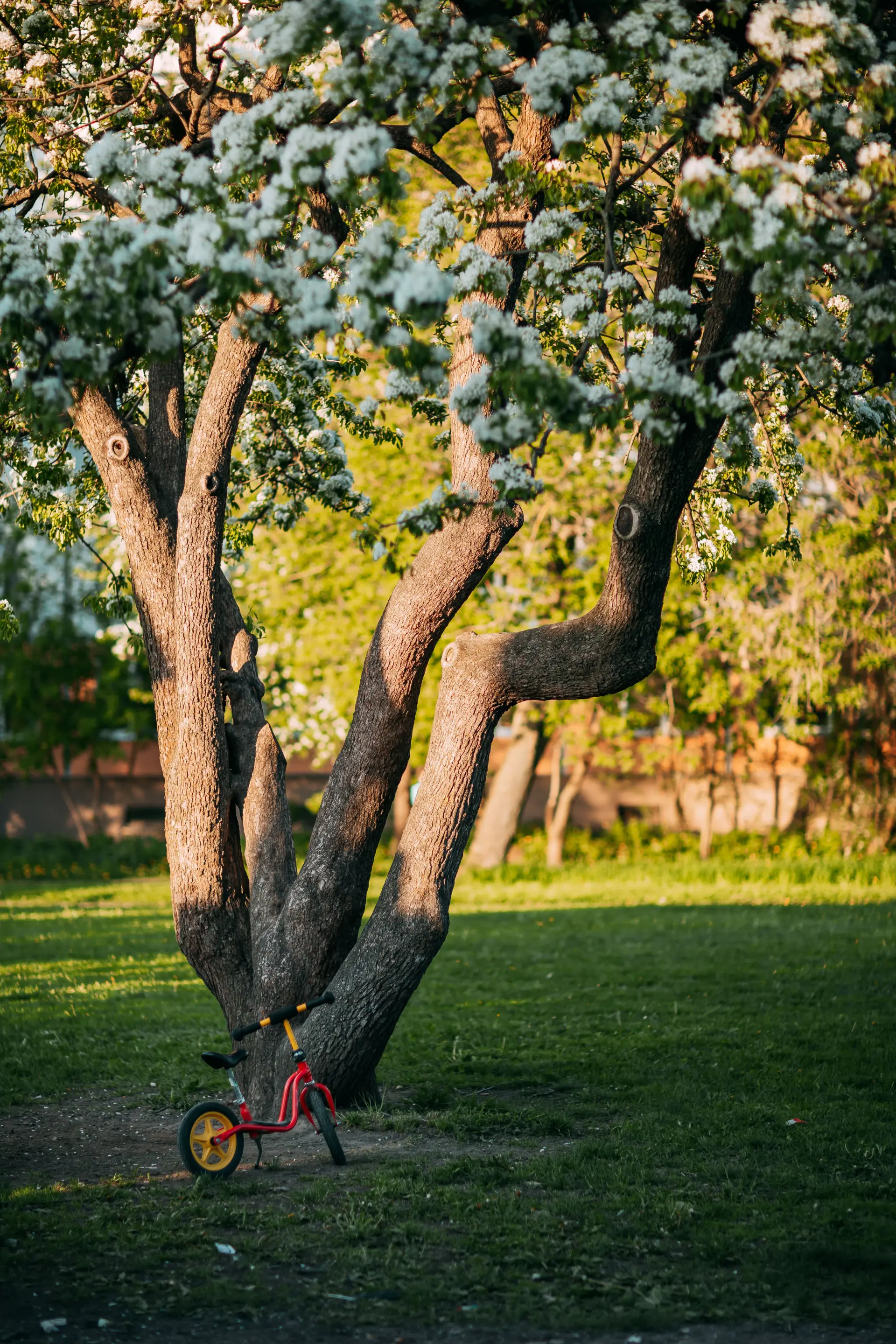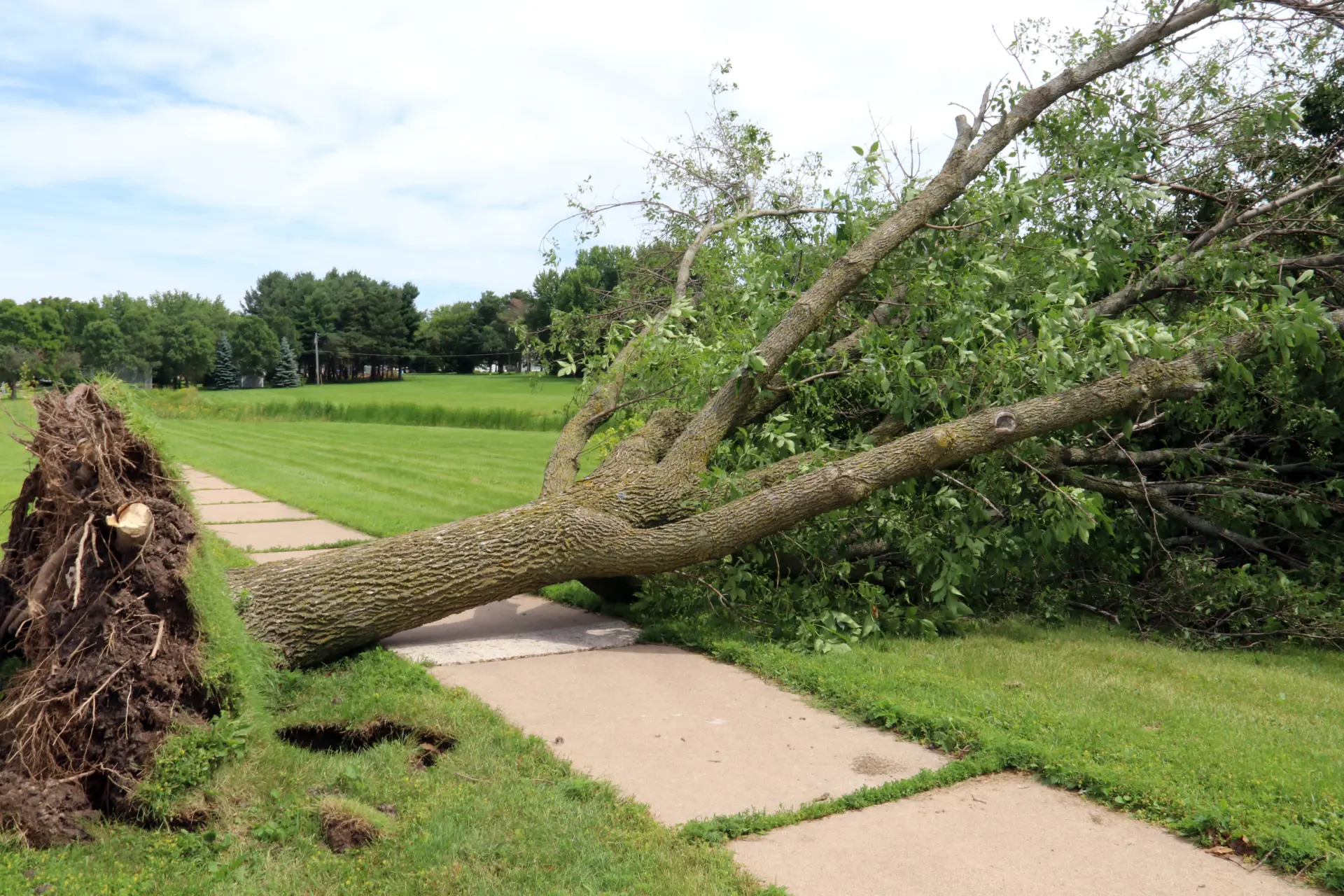Wondering what to expect during a tree surgery visit? Discover the step-by-step process, safety checks, and how professional arborists care for your trees.
The Initial Inspection
The initial inspection is an essential starting point for any tree surgery service since it's a thorough evaluation of the tree’s condition, structure, and surrounding environment.
During this inspection, the arborist will visually assess the tree from the ground and look for signs of disease, decay, structural weakness, deadwood, or infestations.
Common symptoms of these issues include fungal growth, discoloured or wilting leaves, cracked bark, and abnormal branch growth. The tree’s overall shape, size, and proximity to roads, buildings or power lines are also considered, as these factors can affect both your safety and the way the tree surgery is carried out.
The inspection also involves evaluating the tree’s root system, especially if there are signs of instability or if the tree is near foundations, driveways, or underground services.
Your soil condition, drainage, and any signs of root rot or compaction are also inspected; in some cases, the arborist may use tools like mallets or probes to test for internal decay or cavities within the tree's trunk.
The arborist will also check for nesting birds or bat habitats, which are legally protected in the UK. After completing the inspection, the tree surgeon will review their findings with you, explain the tree's condition, and recommend the most suitable action plan such as pruning, crown reductions, removal, or felling.
Overall, the initial inspection provides a detailed understanding of the tree’s condition and ensures that any work that's carried out is safe, compliant, and tailored to the tree’s specific needs.
Safety Checks and Site Preparation
When a professional tree surgery visit takes place, safety and site preparation are key components of the process. These steps are carefully planned and carried out to ensure the safety of workers, your property, and the general public.
Before any tools are lifted, the tree surgeon will conduct thorough safety checks, such as inspecting the tree for structural issues like overhanging limbs, cracks, or cavities that could pose a hazard during the surgery process. They’ll also evaluate your ground stability, especially if any large machinery will be used.
The surrounding area will then be examined for any risks, including nearby power lines, buildings, fences, sheds or parked vehicles. If any hazards are identified, they’ll take measures to control them, such as setting up warning signs, safety barriers, or redirecting foot traffic.
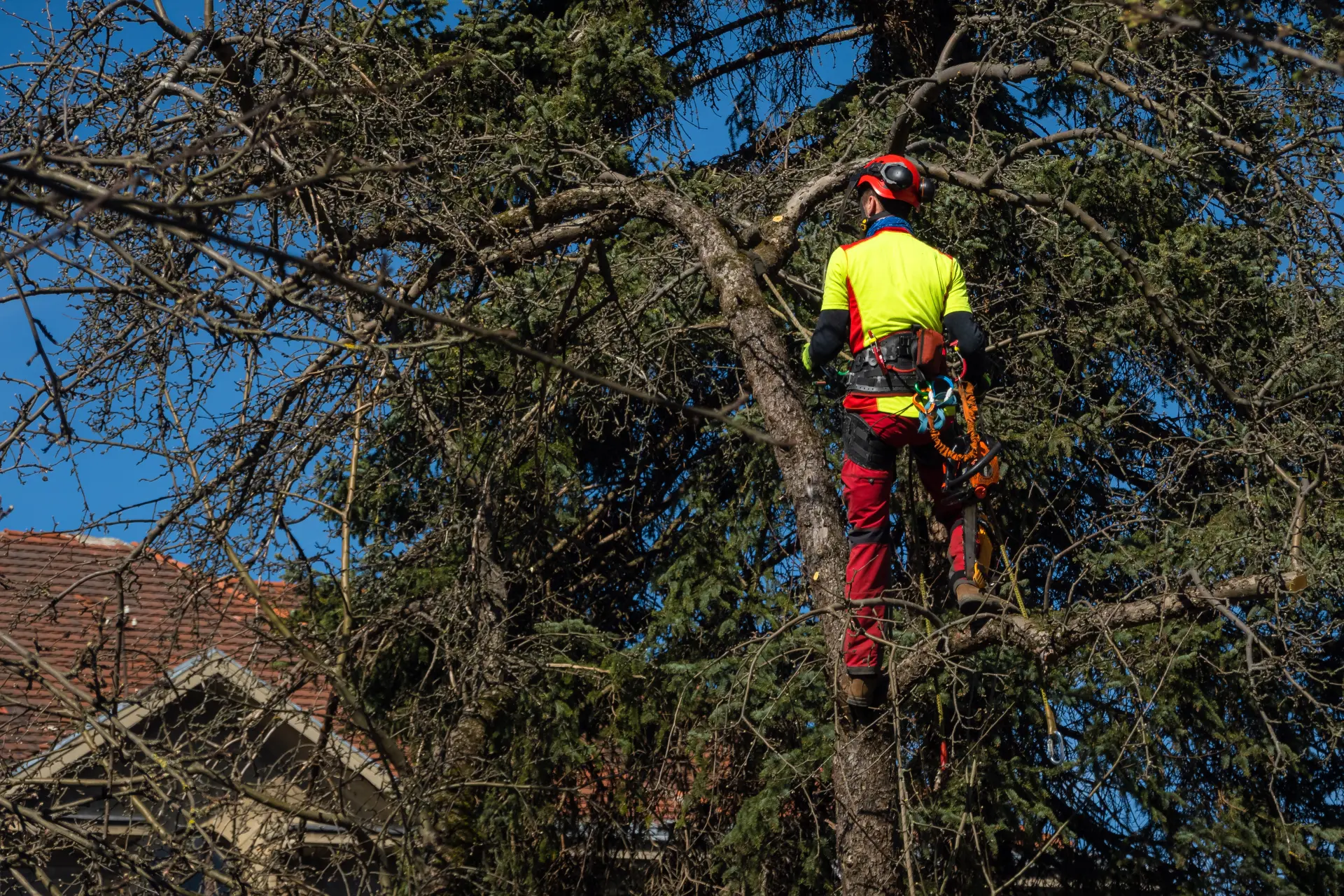
Once the safety checks are complete, the site preparation begins. This typically includes clearing the work area to create a safe zone for cutting and debris removal.
In tight or urban spaces, access routes for equipment and emergency procedures will also be confirmed in advance.
For more complex jobs or high-risk trees, a written risk assessment and method statement (RAMS) may be provided, especially for commercial properties or when local authority permission is involved.
Overall, clients can expect to receive a methodical and professional approach to safety and preparation during a tree surgery visit.
The Tree Surgery Work
After the initial inspection and safety measures are in place, the tree surgery work will begin. This phase involves the hands-on execution of tasks such as pruning, crown reductions, deadwood removal, or tree felling - which are performed by skilled arborists using specialised tools and equipment.
Depending on the nature of the work, the team may use chainsaws, ropes, pole saws, climbing gear, and even elevated platforms or cherry pickers to reach high branches. If the tree is being climbed, one or more arborists will be securely harnessed to the tree and operate from within the canopy.
For pruning or crown reductions, the arborist will remove specific branches to improve the tree’s structure, light penetration, and balance. Dead, diseased, or dangerous limbs will be removed with care to preserve the tree’s long-term health. In the case that the tree is being removed, the tree will be dismantled in parts to avoid damaging nearby structures or gardens.
Throughout the work, the lead arborist will keep the client informed of the progress, especially if any unexpected issues arise, such as internal decay or changes in the weather that might delay certain tasks. Ultimately, clients can expect the tree surgery work to be carried out efficiently, safely, and in line with industry standards.
Clean-Up and Waste Removal
Clean-up and waste removal are the final steps in any professional tree surgery visit. Once the main work is completed, the team focuses on leaving the site clean, safe, and presentable. This stage ensures that all debris, branches, sawdust, and wood that's generated during the job is properly managed and disposed of.
Any large branches and trunk sections are typically cut down to manageable sizes using wood chippers to shred the branches and twigs into mulch. Clients are often given the option to keep this mulch for their gardens or have it removed entirely, and any felled logs can also be cut into firewood.
Sawdust, twigs, and smaller debris are also cleared away from paths, gardens and lawns using rakes, blowers, and brooms. In commercial or urban settings, pathways and entrances are cleared and unobstructed so that they are safe to use.
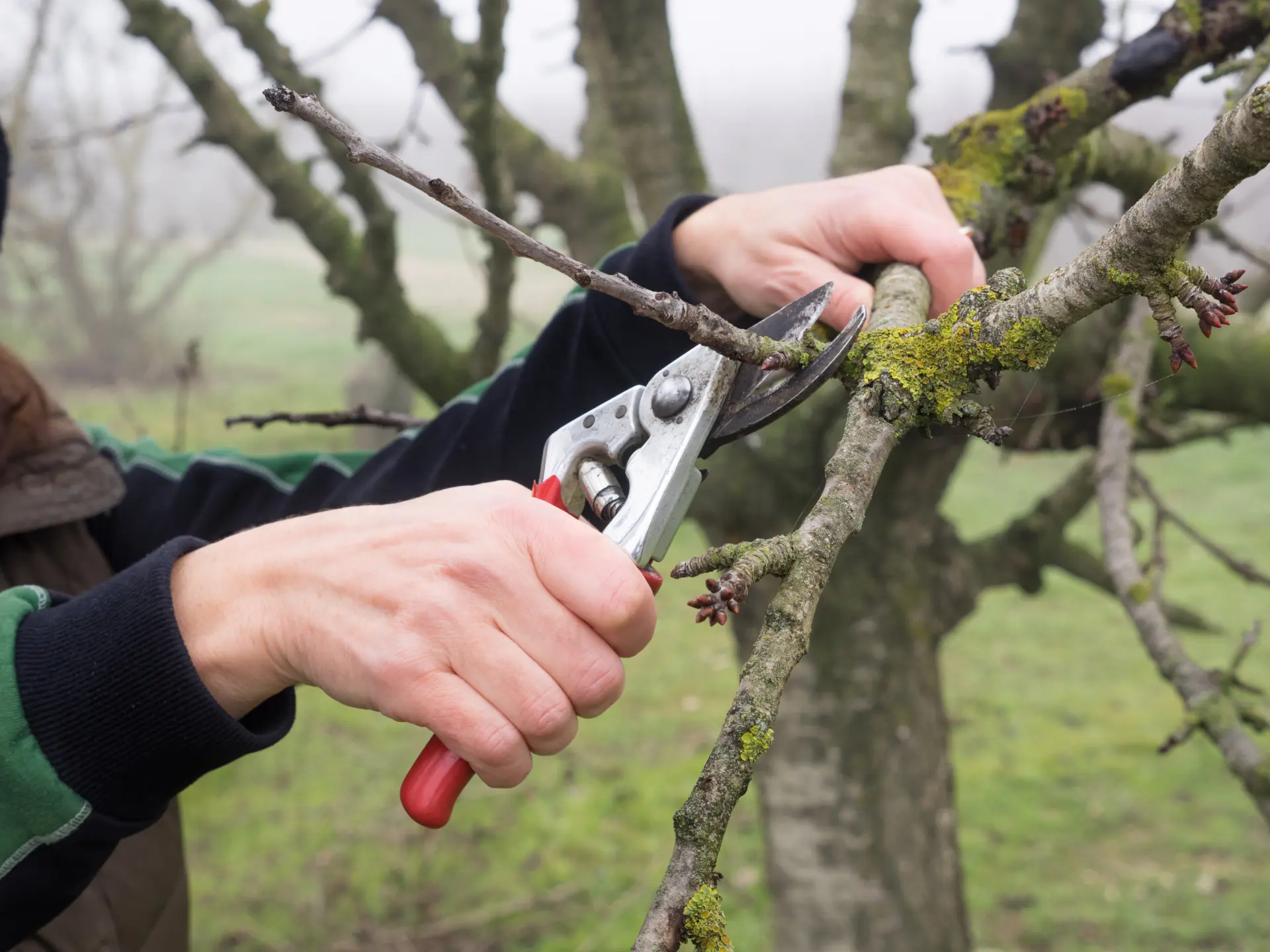
For larger projects or multiple tree removals, some waste may be transported off-site using trailers or trucks. Reputable tree surgery companies should have a valid waste carrier license and dispose of green waste according to environmental regulations.
Clients can expect to receive a thorough and professional clean-up process after their tree surgery. All waste should be carefully handled and any reusable materials should be managed responsibly.
We provide expert tree surgery services, including pruning, felling, and maintenance, across Solihull and the surrounding areas. We tailor our services to each tree’s seasonal and species-specific needs. Our skilled arborists deliver safe, efficient services all year round and prioritise your tree's health and safety.

